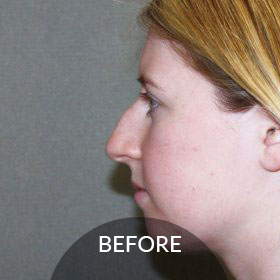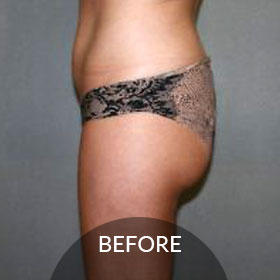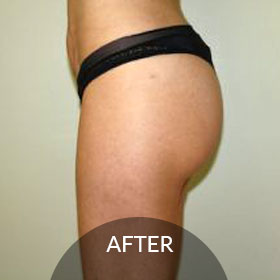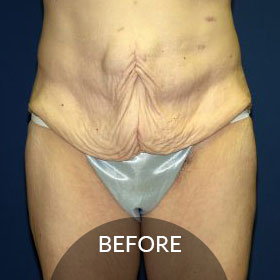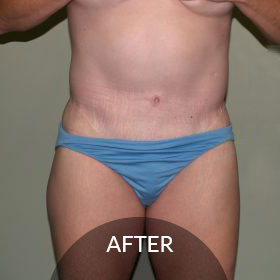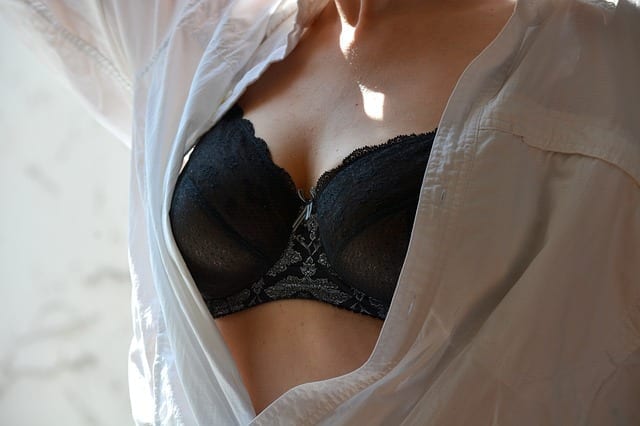So, you’re thinking of changing your body in a big way with breast augmentation with Dr. Fedele. You know there are many decisions you’ll need to make beyond opting to have the overall procedure. You’ll decide things such as the location of the incisions and whether the implants will be placed atop or beneath your pectoral muscle.
Of course, you’ll also pick the type of implant. In the past, the options have been saline or silicone. But in 2012 a new type of implant entered your realm of options — the gummy bear implant. Dr. Fedele wants his patients to know as much as possible heading into augmentation, so here’s some information on these “newer” types of implants.
What is a gummy bear implant?
If you’ve been doing some research on augmentation, you’ve probably heard or read something about this relatively new implant type, the gummy bear implant. These implants retain their shape, unlike other implant choices, because the gel is thicker than traditional silicone implants. In addition to “gummy bear implants” they are also known as cohesive, form-stable, or highly cohesive. These terms denote the attributes of these implants made by three companies: Sientra, Allergan, and Mentor. Currently, Sientra has stopped production as it is being investigated by the FDA for overseas manufacturing practices.
Cohesive silicone gel
Sometimes the term “cohesive gel” can throw people for a loop. After all, cohesion basically means that particles of the substance are sticking together. In reality, rather than “sticking together” it’s easier to think of the gel as simply being thicker, more dense. All silicone implants sold today use a more “cohesive” silicone gel than implants from the 80s and early 90s. Only the most cohesive, i.e. thicker, are deemed to be “gummy bear implants.” To get an idea of the density, if a cohesive implant is cut in half, there is no gross movement of gel, and the implant maintains its shape.
Teardrop shape
Another difference is the shape. While you can get certain other silicone implants in teardrop shapes, you need to be mindful of the density of the gel so that the implants retain their shape. Gummy bear implants are only made in this teardrop shape. This is anatomically shaped to match the natural breast, which projects more at the bottom than at the top. The teardrop shape is thinner at the top, filling out more at the bottom. This shape maintains itself due to the thicker nature of the cohesive gel.
All gummy bear implants are also textured. This texturing increases friction and helps keep the implants from rotating. This is very important because these implants are different at the bottom and the top, so maintaining their position is a necessity.
Safety
One drawback to gummy bear implants is their lack of long-term research. Before the company halted production, Sientra was using five years of study with its gummy bear implants. These statistics are from Sientra’s numbers.
- Low rate (3.9%) of capsular contracture
- Over 98% rupture-free through five years
- Zero reported incidences of implant rotation
Like traditional implants, gummy bear implants can rupture, although the gel tends to stay close to the implant. Rippling is far less prevalent with cohesive implants than with traditional silicone implants, although this is usually related to how much tissue is atop the implant.
While you’re doing your research about augmentation, be sure to include cohesive gel/gummy bear implants. If you have any questions about augmentation, or would like to schedule a consultation with Dr. Fedele, call us at 216-464-1616.




